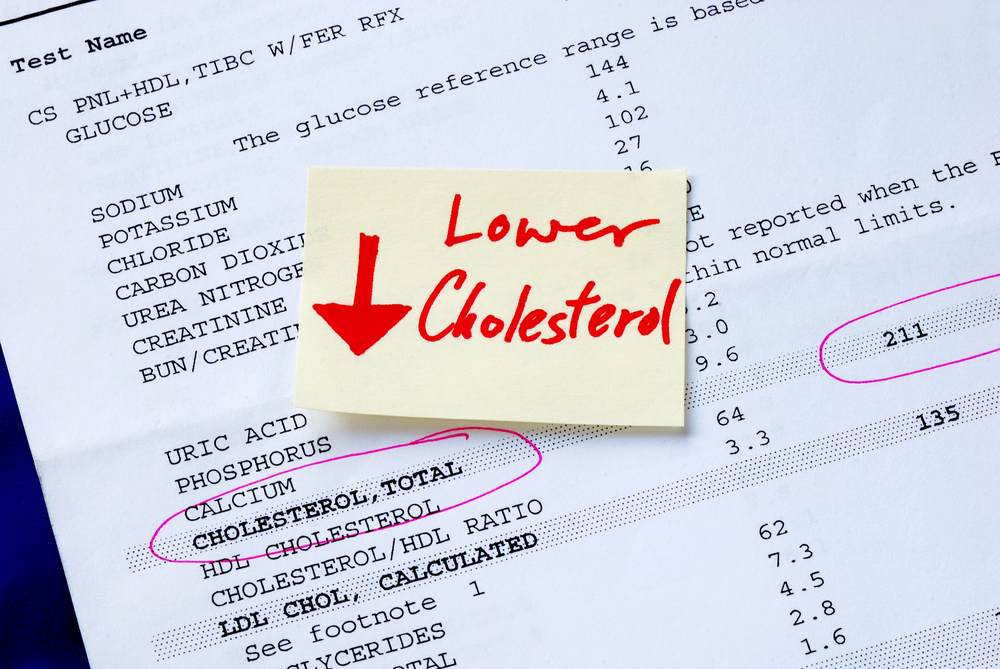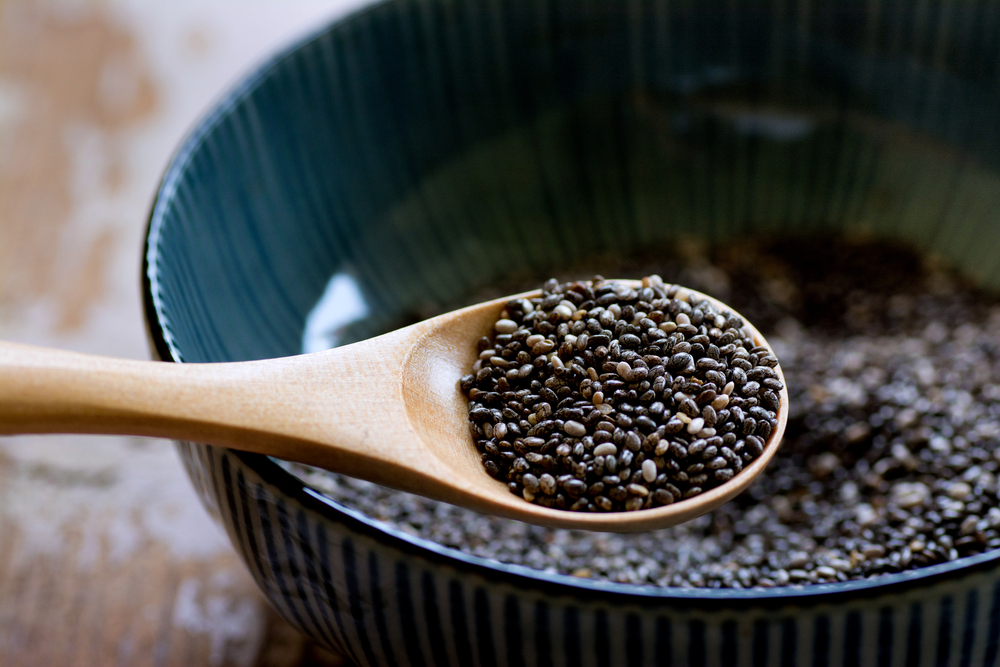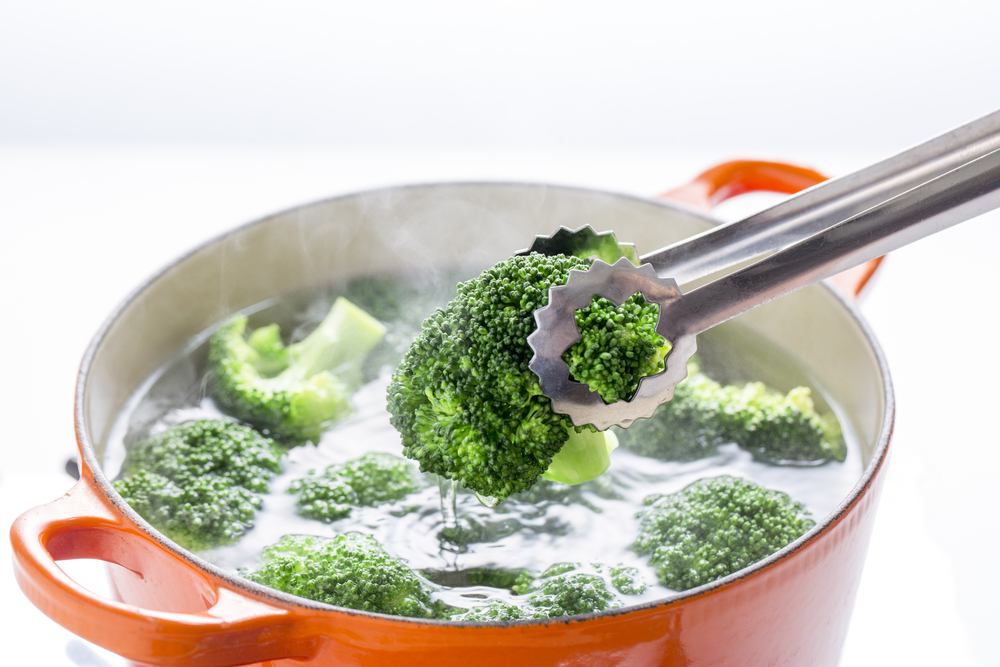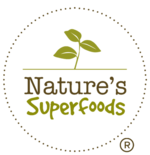-
No products in the cart.
Daily Habits to Lower Cholesterol Levels Naturally

Saturated fats, trans fats, and unsaturated fats – the list of fats commonly found in foods are quite complicated and long. However, beyond these fat-like molecules, other lipids circulate in your bloodstream and impact your health status too. One of these is cholesterol. Part lipid, part protein, cholesterol is both naturally produced within our bodies and taken in when we consume animal-based foods. With Low-Density Lipoprotein (LDL) cholesterol linked to several health problems, it is imperative that we take a closer look at the foods that we consume daily.
The Effects of High Cholesterol in the Body
In and of itself, cholesterol is not all that bad. However, high amounts of LDL increase the risk of being diagnosed with a slew of health conditions. From damaging the arteries to increasing the risk of stroke, high LDL cholesterol levels are never a good thing. Some of the other ways high cholesterol might affect your body include:
- Brain blockage
- Experiencing chest pain, angina
- Increased risk of heart attack
- Reduced blood flow due to the build-up of cholesterol plaques. Because of this, extreme fatigue, shortness of breath might also be an issue experienced
- Stomach pain from gallstone formation
- Numbness or coldness in the legs due to the hardening of the arteries
As seen from the list of health problems above, almost every single system in the body, from the digestive to the nervous system, is at risk when there is an increase in cholesterol levels.
What Should I Do if My Cholesterol Levels are High?
Although hereditary, age and gender are not under our control, our diet is – and that is something we can change. This is especially so since the liver already produces 75% of all the cholesterol our body needs, making it even more important that the remaining 25% is not attained from high cholesterol foods. For example, if excess weight is the issue, losing weight by watching our diet is a way to bring the LDL levels down.
Ways to ‘Eat’ Your Way to Lower Cholesterol
Should your diet only consist of foods that are low in cholesterol? Or should you add more cholesterol reducing foods to your diet? Either way, it is possible to lower cholesterol levels simply by making small changes to the way we eat. Here are 6 habits to consider to lower cholesterol:
1. Eat Foods Rich in Soluble Fibre

Whole grains and superfoods like organic chia seeds have loads of soluble fibre. Since humans lack the necessary enzymes to breakdown soluble fibre, all of which that we consume will move through the digestive tract and absorb water and anything else in its way. It also carries bile, an enzyme that breaks down fats. Studies have even shown that the regular intake of soluble fibre reduces cholesterol levels by 5 to 10%. Therefore, when you consume superfoods like black chia seeds, which comprises mainly of soluble fibre and mucilage, it may help lower LDL and prevent blood sugar spikes after a meal.
2. Cook with Herbs and Spices
Used for centuries, we all know that herbs and spices are packed with vitamins, minerals, and antioxidants. But more than capable of adding flavour to your foods, studies have shown that eating ginger powder and turmeric powder lowers LDL levels as well. But that is not all. Turmeric powder also has anti-inflammatory properties and has showed cardiovascular protective effects.
3. Eat Foods that Have Lesser Added Sugars
Unlike naturally occurring sugars found in fruits, added sugars can raise LDL levels while lowering HDL levels. This shift will increase the risk of coronary heart disease. The American Heart Association (AHA) also recommends limiting added sugar intake to 100 calories or less. Beyond added sugars, you’ll have to be mindful of the carbohydrates that are consumed too. High-fibre carbohydrates like wholegrains, oatmeal and whole fruits will keep you full for longer despite being lower in calories. So, if you’d like a quick sugar fix, munch on organic snacks like dried apricots and dried figs commonly found in organic food stores instead of candy and sweetened beverages.
4. Cut Back on Animal Fats

Although a vegan diet might not be a feasible option for all, cutting back on animal fats, especially those present in processed meats such as hotdogs, will prevent the build-up of plaque. As mentioned, the liver produces all the necessary cholesterol required for our bodies. Therefore, eating more will only bring about negative side effects. A diet that is rich in fruits and vegetables will naturally increase our fibre intake with little effort. This way, with more fibre in our system, it’ll bind to cholesterols and remove it more efficiently. Using healthier cooking methods is also a way around controlling the type of fats we introduce into our bodies. For example, baking, boiling, broiling, and roasting are healthier ways to prepare meals instead of frying them in oil, butter or margarine.
5. Superfood Supplements
Foods that are high in Omega-3 fatty acids are a superfood to consider adding into diets regularly. Although this won’t directly lower your LDL levels, it will help raise HDL levels. It will also reduce inflammation, improve fat metabolism and blood sugar regulation. Soybeans, firm tofu, spinach, flax seeds, walnuts, and flaxseed oil are some examples of foods that are high in Omega-3s. Black chia seeds which can be found in organic shops like Nature’s Superfoods also boasts about 2,140mg of Omega-3 fatty acids per tablespoon!
6. Exercise
Last but not least – exercise. There is only so much organic food we can eat, and there is no one-size-fits-all diet that will support optimal cholesterol control. But there is no denying that exercise is paramount for both mental and physical health. At least 1 to 2.5 hours of physical activity each week will suffice in lowering the cholesterol levels – 20 minutes a day of walking is also ideal.

